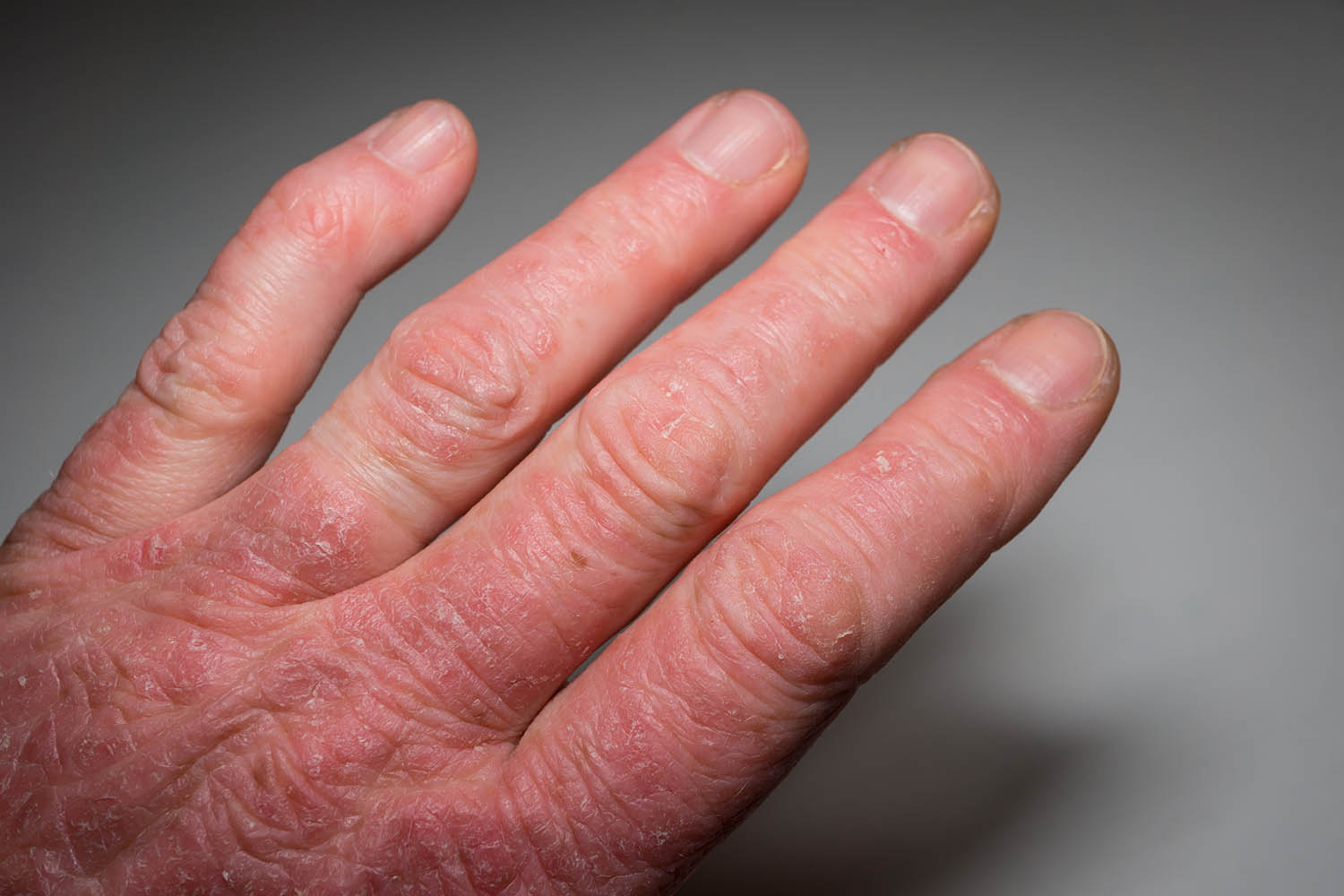Overview
Psoriatic arthritis (PsA) is a chronic autoimmune condition that affects millions of people worldwide. It is a complex disease that combines the symptoms of psoriasis, a skin condition characterized by red, scaly patches, with arthritis, which causes joint inflammation and pain. Recognizing the symptoms of psoriatic arthritis is crucial for early diagnosis and effective management. In this blog post, we’ll delve into the key symptoms of psoriatic arthritis, supported by research, to shed light on this often-misunderstood condition.

1. Joint Pain and Stiffness
One of the hallmark symptoms of psoriatic arthritis is joint pain and stiffness. Research indicates that approximately 85% of individuals with PsA experience joint pain, which can affect any joint in the body, including the fingers, toes, knees, ankles, and spine. This pain is often described as dull or throbbing and may worsen with movement or after periods of rest.
2. Swelling and Inflammation
In addition to pain, psoriatic arthritis can cause swelling and inflammation in the affected joints. Studies have shown that inflammation in PsA can lead to joint damage and irreversible joint deformities if left untreated. Swelling may be visible and accompanied by warmth and redness around the affected joint.
3. Psoriasis Symptoms
Many individuals with psoriatic arthritis also have symptoms of psoriasis, such as red, scaly patches of skin. These skin lesions can appear anywhere on the body, including the scalp, elbows, knees, and lower back. Psoriasis symptoms may precede, coincide with, or develop after the onset of joint symptoms in PsA.
4. Nail Changes
Psoriatic arthritis can also affect the nails, causing changes such as pitting, ridges, discoloration, or separation of the nail from the nail bed. Nail changes may be subtle and easily overlooked but can be a telltale sign of PsA, especially when accompanied by other symptoms.
5. Fatigue and Generalized Discomfort
Fatigue is a common symptom reported by individuals with psoriatic arthritis, affecting up to 50% of patients. Research suggests that fatigue in PsA may be related to inflammation, pain, and sleep disturbances. In addition to fatigue, individuals with PsA may experience generalized discomfort, malaise, and a feeling of unwellness.
6. Eye Inflammation
Psoriatic arthritis can also affect the eyes, causing inflammation in the form of uveitis or iritis. Studies have shown that approximately 7-10% of individuals with PsA develop eye inflammation, which can cause redness, pain, sensitivity to light, and blurred vision. Prompt evaluation and treatment are essential to prevent complications and preserve vision.


